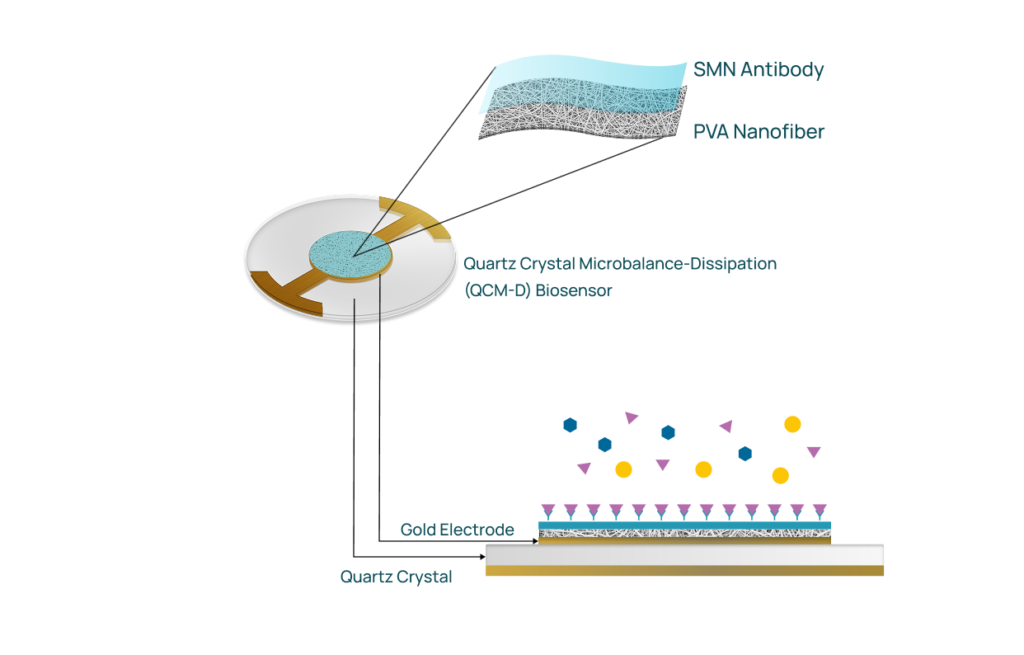
Spinal Muscular Atrophy (SMA) is a rare but serious genetic disorder that primarily affects children by targeting motor neurons—nerve cells in the spinal cord responsible for muscle movement. This progressive condition leads to muscle weakness and atrophy over time. Therefore, early diagnosis is critical for initiating treatments that can improve quality of life. Recently, nanofiber SMA biosensors have emerged as a promising tool for enabling faster and more accurate detection at early stages, potentially transforming patient outcomes.
The Role of Advanced Sensor Technology in SMA Diagnosis
Recent advances in sensor technology are reshaping early detection strategies for Spinal Muscular Atrophy (SMA), a genetic disorder affecting motor neurons and muscle function in children. With early SMA diagnosis being crucial for effective treatment, scientists are turning to nanofiber SMA biosensors to improve speed and accuracy.
Biosensors detect specific biological molecules, and their sensitivity makes them ideal for catching diseases in early stages. In particular, the integration of nanofiber materials, especially polyvinyl alcohol (PVA) nanofibers, has enhanced biosensor performance significantly. The nanofibers’ high surface area improves contact between the sensor and biomarkers, allowing for better signal detection.
QCM-D Biosensor: Combining Nanofibers with Antibody Precision
One of the most advanced platforms under investigation is the Quartz Crystal Microbalance with Dissipation monitoring (QCM-D), a sensor system capable of detecting biomolecular interactions in real time. In this system:

PVA nanofibers are used as the active sensing layer. Their unique structure maximizes the available surface for molecular binding, ensuring that even tiny amounts of a target protein can be detected.
SMN (Survival Motor Neuron) antibodies are integrated into the sensor surface to enhance selectivity. These antibodies act like a “lock” that only fits the “key” of the SMN protein, a biomarker directly linked to SMA.
This lock-and-key mechanism ensures that the biosensor identifies the right protein with minimal interference, reducing the risk of false positives or negatives.
Toward a Future of Faster, More Accurate Diagnoses
Combining nanofiber materials with targeted antibodies in QCM-D biosensors could revolutionize how SMA is detected. The goal is to create a non-invasive, highly accurate diagnostic tool that can be used for early screening, possibly even in newborns.
As research progresses, this technology could become a vital part of clinical practices, enabling earlier intervention and improving outcomes for children diagnosed with SMA.
Check Our publication on this topic on:
https://doi.org/10.1557/s43579-023-00492-6

